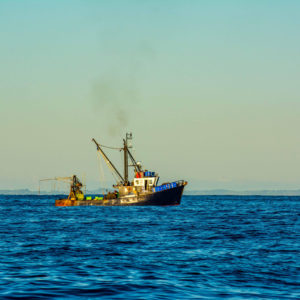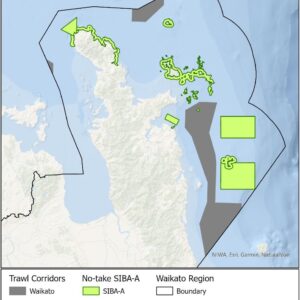Given the state of tuna stocks, it is incredible that regional authorities have allowed more than 6,000 industrial fishing vessels to target tuna in the western and central Pacific Ocean. Fishing boats have flooded into this area over the last 20 years as stocks have declined in other oceans. At the same time, New Zealand’s tuna catch has collapsed. For most years in the 1980s and 1990s, the Whakatane Sportfishing Club alone would record over 400 yellowfin per season.
For most years in the 1980s and 1990s, the Whakatane Sportfishing Club alone would record over 400 yellowfin per season.
A few years ago the famous Whakatane Tuna Tournament had a name change. The word ‘tuna’ was removed from the title because prized yellowfin could not be caught any longer. Despite great prizes on offer, 2014 was the 5th year running that not a single yellowfin was landed in the tournament.

This season we have witnessed an upturn in yellowfin numbers, but it is too early to judge whether this is due to warm currents arriving from the tropics or successful spawning in previous years.
Recent reports suggest several Pacific countries will be allowing more foreign boats to fish within their zones. This is a concern as the yellowfin tuna stock in the western and central Pacific is considered to be on the brink of overfishing.
NZ on the edge
Tuna stocks in the western Pacific are highly migratory and their abundance relies on effective management and good fishing practices across the entire Pacific. Bigeye, yellowfin skipjack and albacore tuna caught in our waters migrate from spawning grounds in the tropics, where 95% of the yellowfin tuna catch is taken from the western and central Pacific Ocean. As this area is fished down the tuna population shrinks away from the furthermost points.
Countries like New Zealand feel the impacts of this contraction as we are on the edge of the tuna’s natural range. A report from the NZ Marine Research Foundation and support from NZ officials has resulted in ongoing work by regional authorities on “range contraction” of tuna and billfish stocks in the Pacific.
Among the issues impacting on yellowfin tuna is the bycatch of juvenile yellowfin by purse seine vessels using fish aggregating devices (FADs) in tropical waters.
Last year the scientific committee recommended reducing fishing mortality from fisheries that take juveniles, with the goal to increase to yields and reduce any further impacts on the spawning potential. LegaSea and the NZ Sport Fishing Council’s fisheries team will be closely monitoring further developments.





